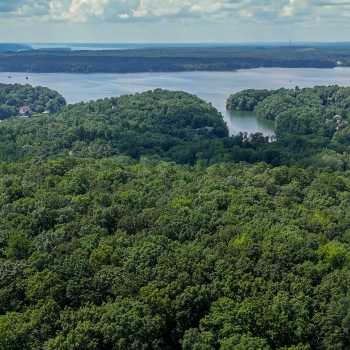Why Roane County Tennessee Land Attracts Buyers
Roane County offers a rare mix of working farmland, lakefront access, and hardwood ridges that appeal to both lifestyle buyers and investors. With over 580 farms operating on nearly 50,000 acres, agriculture remains central to the local economy—even as TVA heritage and river recreation draw new interest to the region. The Emory and Clinch Rivers cut through fertile valleys and wooded slopes, while karst topography creates cave systems found nowhere else in Tennessee.
Livestock operations—especially beef cattle and goats—make up the majority of agricultural income. Hayfields, small grain rotations, and limited row cropping round out the use mix. Most farms here are under 100 acres, offering manageable ownership sizes for first-time landowners or those scaling up from hobby farms. Meanwhile, river tracts and wooded hills offer recreational appeal through hunting, fishing, or simple seclusion.
What truly sets Roane apart is its blend of assets: TVA reservoirs like Watts Bar Lake for anglers and boaters, remote hollows for wildlife, and pasture land with year-round grazing potential. Add to that a low cost per acre compared to Knox or Loudon Counties just to the east, and you get long-term upside with real daily utility. Buyers seeking land with both function and character will find plenty to like here.
River Systems, Cave Habitats, and TVA Lakes Make Roane County Unique
Three River Confluence
The Emory, Clinch, and Tennessee Rivers converge near Kingston, forming floodplains, oxbows, and shoreline coves. These waterways support native fish, seasonal waterfowl, and lakeside farmland.
Karst and Cave Systems
Roane has rare subterranean ecosystems, including habitats for the Berry Cave Salamander and other cave species. These limestone formations support aquifers and biodiversity above and below ground.
Mixed Hardwoods and Cedar
Roane's uplands are covered in oak, hickory, and eastern redcedar. These forests provide shade, game habitat, and timber potential across ridges and gently sloping hills.
Livestock, Hayfields, and Mixed-Timber Investment Land
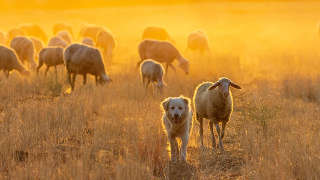
Cattle and Goats
Roane County supports over 8,000 cattle and a growing goat population. Most farms use rotational grazing, and fencing is already in place on many properties. This makes the area attractive for buyers entering livestock or expanding herds.
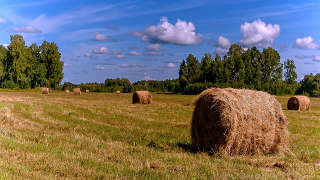
Hay and Small Grains
With over 15,000 acres of cropland, hay is the most common crop grown in Roane. Oats, wheat, and some corn are also rotated into bottomland fields. Fields are generally smaller and fenced off from wooded slopes.

Hardwood Timber
Timberland includes white oak, red oak, and hickory. Parcels on the western edge of the county offer merchantable age stands. Select-cutting and long-term management are common investment approaches here.
Wildlife Habitat and Hunting Land in Roane County TN
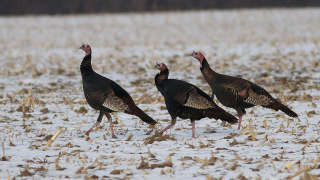
Eastern Wild Turkey
Hardwood ridges and fallow fields provide ideal nesting and roosting. Roane produces strong turkey harvests on both private land and public WMAs.

River Otter
Otters are active in the Emory and Clinch Rivers, where they prey on fish and crayfish. These charismatic furbearers are signs of clean, healthy watersheds.
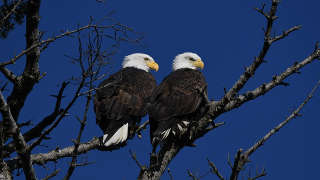
Bald Eagle
Watts Bar Lake hosts wintering and nesting bald eagles. These birds of prey are often spotted near shoreline bluffs and islands with tall trees.
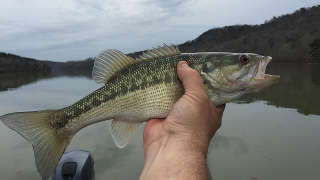
Largemouth Bass
Watts Bar Lake offers year-round fishing for bass, catfish, crappie, and hybrids. Local anglers also target sauger near TVA tailwaters during cooler months.
Rare Salamanders and TVA Legacy Set Roane County Apart
Land for Sale in Neighboring East Tennessee Counties
Loudon County
Closer to Knoxville and I‑75, Loudon County offers riverfront land and row crop farms, but generally at higher price per acre than Roane.
Cumberland County
Higher elevation and flatter tracts make Cumberland ideal for homesteads, horse farms, and cool-season pastures.
Morgan County
Known for dense hardwoods and steep terrain, Morgan County draws hunters, off-grid buyers, and timber investors.

